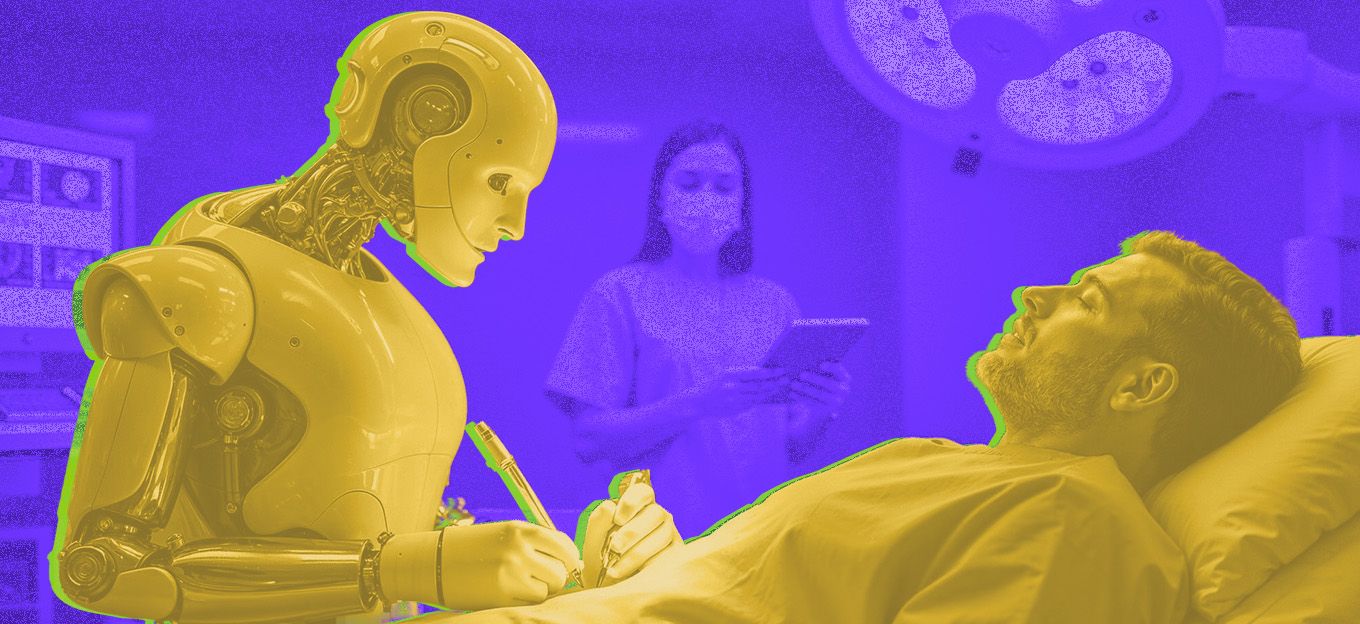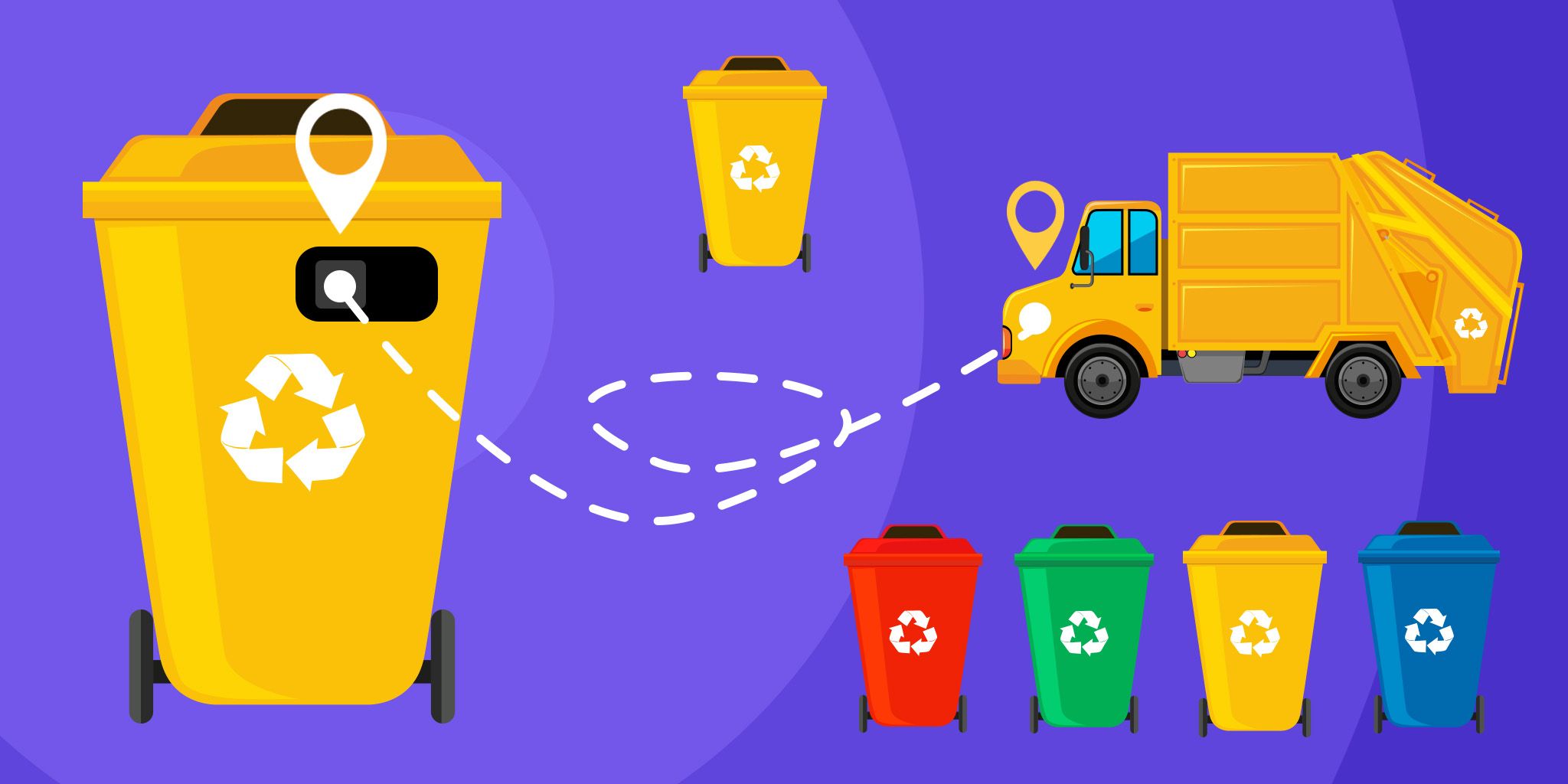Navigating Healthcare: Enhancing Wayfinding in Hospital With RTLS Technology
Navigating Healthcare: Enhancing Wayfinding in Hospital With RTLS Technology
- Last Updated: December 2, 2024
Borda Technology
- Last Updated: December 2, 2024



In the bustling world of healthcare, efficiency, and patient satisfaction are of paramount importance. Navigating complex hospital environments can be daunting for patients, visitors, and even healthcare professionals. The challenges of finding one's way in a labyrinth of corridors and multiple floors can lead to delays, increased stress levels, and potential disruptions in the delivery of care. However, with the advent of Real-Time Location Systems (RTLS), the landscape of healthcare wayfinding is undergoing a remarkable transformation. Hospital RTLS technology revolutionizes the way we navigate healthcare settings and significantly improves the patient experience.
The Woes of Traditional Wayfinding in Hospitals
Navigating a healthcare facility can feel like embarking on a perilous quest fraught with confusion and uncertainty. The maze-like corridors, identical-looking wards, and a multitude of departments can challenge even the most seasoned visitors. Patients, especially the elderly or those with cognitive impairments, may struggle to remember directions, leading to frustration and increased stress.
For healthcare staff, the burden of giving directions and guiding lost individuals further diverts their attention from crucial tasks. Additionally, during emergencies, time is of the essence, and efficient wayfinding can be a matter of life and death. With the stakes so high, a modern solution is essential.
An inefficient wayfinding system in hospitals has both economic and operational costs. A 2009 study by Veteran Affairs found that approximately 30 percent of first-time visitors reported getting lost in hospitals due to inefficient wayfinding systems, resulting in missed or delayed appointments.
Another 2010 study also reveals that nurses spent nearly half an hour per day helping patients and visitors to wayfinding in hospitals. This lost time from poor wayfinding systems can lead to increased labor costs, dissatisfaction with patients, and potentially disrupt patient care.
Revolutionizing Healthcare Wayfinding with RTLS in Hospitals
As healthcare organizations strive to provide seamless experiences for patients and visitors, hospital RTLS technology offers an innovative solution to the wayfinding challenges that have long plagued hospitals, promising a more efficient, patient-centered experience for all.
Hospital RTLS technology is a groundbreaking innovation that provides real-time tracking and location information using various techniques such as Wi-Fi, Bluetooth Low Energy (BLE), Radio-Frequency Identification (RFID), and infrastructured Ultra-Wideband (UWB).
By deploying beacons, tags, and sensors throughout the healthcare facility, this advanced system enables the continuous monitoring of patients, staff, and assets, culminating in a dynamic and interactive wayfinding experience.
Harnessing the capabilities of RTLS technology is vital in establishing effective wayfinding systems that ensure smooth operations, reduce stress, optimize work hours, and improve the overall hospital experience for patients, visitors, and staff members.
With RTLS technology leading the way, healthcare wayfinding reaches new heights, promising a patient-centric journey that is smoother and more streamlined than ever before.
Consider the scenario of a patient arriving for an appointment at a sprawling hospital complex. Instead of being greeted by uncertainty, they receive a smartphone app or a wearable wristband equipped with RTLS-enabled patient tags.
As patients enter the facility, they can seamlessly navigate the facility, receiving real-time directions tailored to their specific needs. Whether it's guiding patients to registration desks, waiting areas, or even restroom facilities, RTLS for hospitals ensures that patients feel supported and cared for throughout their journey.
By leveraging this "IoT for Healthcare" concept, healthcare providers can enhance patient satisfaction and demonstrate their commitment to patient-centric care. This eliminates confusion and reduces stress, fostering a more positive experience for all.
Conclusion
In summary, RTLS technology is revolutionizing the way we navigate healthcare settings. With its ability to provide real-time tracking and location information, hospital RTLS enhances patient experiences, improves operational efficiency, reduces stress levels, and improves the overall hospital experience for patients, visitors, and staff members. As healthcare facilities embrace IoT, they are paving the way for a more patient-centered and efficient future in healthcare wayfinding.
The Most Comprehensive IoT Newsletter for Enterprises
Showcasing the highest-quality content, resources, news, and insights from the world of the Internet of Things. Subscribe to remain informed and up-to-date.
New Podcast Episode

Moving Past the Pilot Phase in IoT and AI
Related Articles





